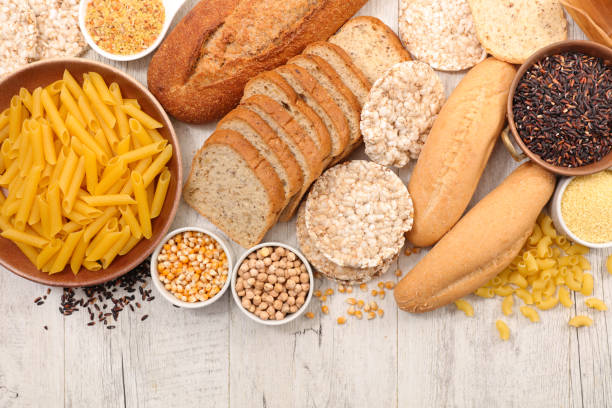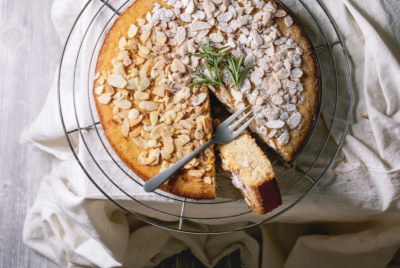What are Some Gluten-Free Grains?
Introduction
Are you following a gluten-free diet or considering incorporating gluten-free grains into your meals? The world of grains can be vast and varied, but if you’re looking to avoid gluten, it’s important to know which grains are safe to consume. In this article, we will explore the question, “What are some gluten-free grains?” and provide you with a comprehensive list of gluten-free options to diversify your diet. Whether you have celiac disease, gluten sensitivity, or simply want to explore new grain alternatives, this guide will help you make informed choices.
What are Some Gluten-Free Grains?
Several easily incorporable options are available when it comes to non-gluten grains for your meals. Let’s take a closer look at some of these grains:
1. Rice: Rice is a versatile and widely consumed grain that is naturally gluten-free. It can be enjoyed in various forms such as white rice, brown rice, wild rice, or even as rice flour.
2. Quinoa: Quinoa has gained popularity in recent years due to its nutritional value and gluten-free status. This ancient grain packs protein, fiber, and essential nutrients, making it a great addition to salads, stir-fries, or as a side dish.
3. Millet: Often overlooked but deserving more attention, millet is a small grain with a mildly sweet and nutty flavor. It finds use in porridges, pilafs, or even as an alternative to gluten-free flour.
4. Buckwheat: Despite its name, buckwheat is not related to wheat and is completely gluten-free. People commonly use it to make soba noodles, pancakes, or as a base for gluten-free baking.
5. Amaranth: Amaranth is a grain with a rich history dating back thousands of years. It offers high nutrition, is gluten-free, and can be cooked similarly to rice or used as a flour substitute in baking.
6. Teff: Originating from Ethiopia, teff is a tiny grain that is gluten-free and packed with fiber and protein. It is often ground into flour to make injera, a traditional Ethiopian flatbread.
7. Corn: In its natural form, corn is gluten-free and individuals can enjoy it as whole corn or in the forms of cornmeal or corn flour. This versatile grain can be used in various dishes, such as cornbread and tortillas.
8. Sorghum: Sorghum is an ancient grain that is gluten-free and rich in antioxidants. It can be cooked similarly to rice or used to make gluten-free flour for baking.
9. Oats: During processing, oats often become contaminated with gluten. However, certified gluten-free oats are available and can be a safe option for those following a gluten-free diet.
These are just a few examples of gluten-free grains that can be incorporated into your meals. Experiment with different grains to discover your favorites and enjoy the benefits of a varied and nutritious diet.
Frequently Asked Questions
1. Q: What is gluten, and why do some people need to avoid it?
– A: Wheat, barley, and rye contain a mixture of proteins called gluten. Some individuals have celiac disease, an autoimmune disorder triggered by gluten, while others may have gluten sensitivity. Avoiding gluten is crucial for their health and well-being.
2. Q: Can I consume wheat-free products if I’m following a gluten-free diet?
– A: Not necessarily. While wheat is a common source of gluten, other grains like barley and rye also contain gluten. Ensure that products labeled “gluten-free” do not contain any gluten-containing grains.
3. Q: Are all Gluten-free cereals suitable for baking?
– A: Each gluten-free grain has its unique properties, and some may work better than others for baking. Experiment with different gluten-free flours or seek recipes specifically designed for gluten-free baking.
4. Q: Are there any health benefits to consuming gluten-free grains?
– A: Gluten-free grains are often rich in nutrients, including fiber, vitamins, and minerals. Incorporating a variety of gluten-free grains into your diet can provide a well-rounded nutritional profile.
5. Q: Can everyone enjoy gluten-free grains, regardless of dietary restrictions?
– A: Absolutely! Gluten-free grains are suitable for individuals with celiac disease, gluten sensitivity, or those who simply want to explore new culinary options. Everyone can enjoy them.
6. Q: Are gluten-free grains widely available in grocery stores?
– A: Yes, most grocery stores stock a range of Gluten-free cereals, including rice, quinoa, millet, and more. You can also find specialty stores or shop online for a wider selection.
Conclusion
Incorporating gluten-free grains into your diet can be a delicious and nutritious way to diversify your meals. From rice and quinoa to amaranth and sorghum, there is a wide variety of gluten-free grains to choose from. Remember to read labels carefully and opt for certified gluten-free products to ensure you’re making the safest choices. Embrace the versatility of gluten-free grains and explore new recipes to enjoy a balanced and gluten-free lifestyle. So, what are you waiting for? Start incorporating these wheat-free grains into your diet today and experience a world of flavorful possibilities.




